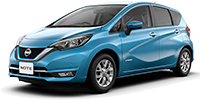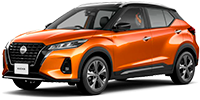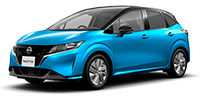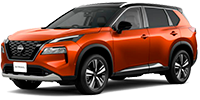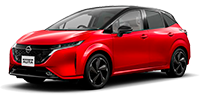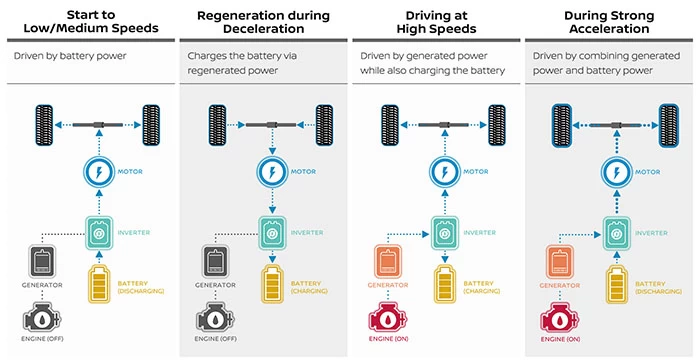|
Eugenio,77
Addendum to the article: "Typology of Japanese hybrids" As it turned out, the specs mentioned in the comprehensive review require some explanation, which is better presented in the form of a short article. The Nissan Serena C27 was produced in two versions: • S-Hybrid (Smart Simple Hybrid) - a "mild hybrid" with an MR20DD engine (110 kW / 200 Nm) and an SM24 starter-generator (1.9 kW / 48 Nm) • e-Power - a series hybrid with an HR12DE engine (62 kW / 103 Nm) and an EM57 electric motor (100 kW / 320 Nm) It is not possible to find reliable values for the 30-minute power output for this model, as there were no analogs with such a powertrain on the European market, and only "rated" power values (定格出力), determined by the manufacturer in accordance with JDM regulations, can be used. - The release of the e-Power version began in March 2018.
For the 2018-2019 modifications, the original specifications do not include nominal power values for the electric motor.
The analogy with the Nissan Note E12 is not applicable, as the models are equipped with different versions of HR12DE engine (58 and 62 kW) as well as EM57 electric motors (80 kW / 254 Nm for Note and 100 kW / 320 Nm for Serena). However, in this case, the nominal power can be found in the Ministry of the Environment's annual 'LEV Guidebook' - for HFC27, it is 85 kW.
- A restyled version has been in production since August 2019.
- Since August 2020, Nissan has been providing operational and environmental specs for Serena in accordance with the new WLTC test cycle, which replaced the previous JC08. The original specifications for the 2021-2022 models that appeared after this already include the nominal power of the electric motor, which is now 70 kW.
- In December 2022, the C27 replaced by the new C28 generation, which is equipped with a different engine and the next version of EM57 electric motor (120 kW / 315 Nm).
Regarding the specifications of other Japanese domestic market models equipped with the e-Power hybrid system:
HEV typology : Toyota HSD ·
Daihatsu e-Smart ·
Honda i-MMD (e:HEV) ·
Toyota Hybrid :
E-Four ·
THS-C ·
HEV trans ·
BEV/FCEV ·
HEV trucks
|
|







